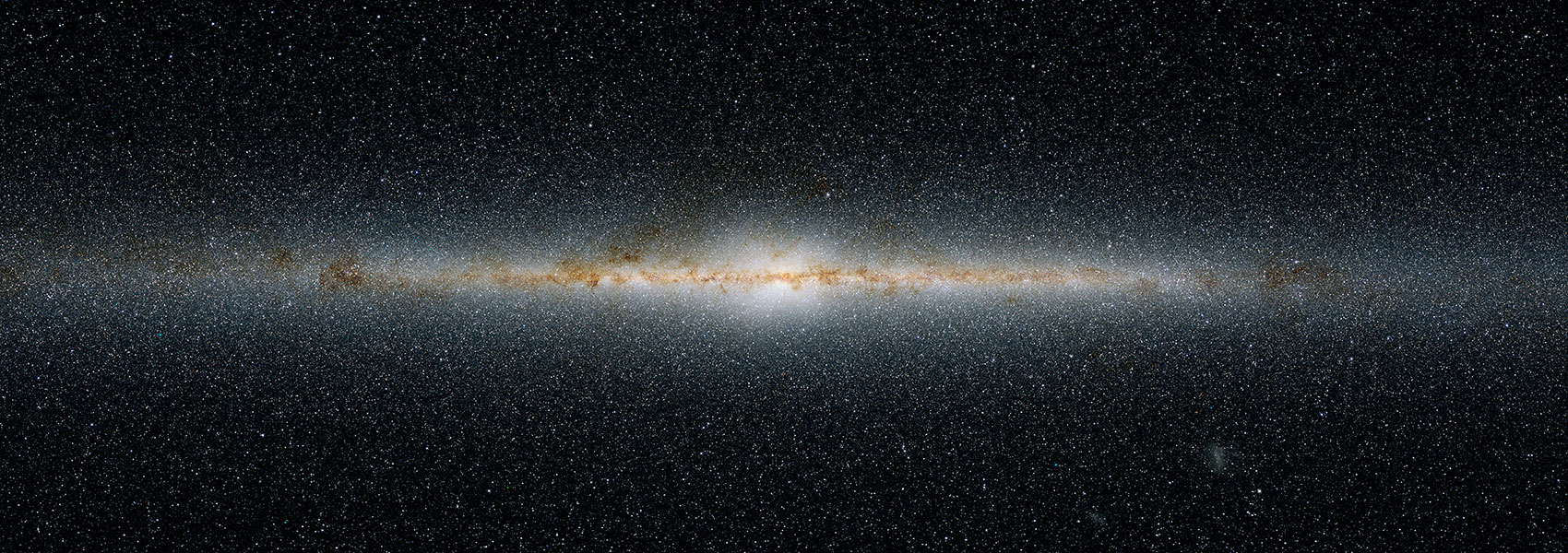March
1997
•
1997ApJ...478..124H
Authors
•
Hunter, Deidre A.
•
Light, Robert M.
•
Holtzman, Jon A.
•
Grillmair, Carl J.
Abstract
•
We present stellar photometry from Hubble Space Telescope images of NGC 1818, a young populous star cluster in the Large Magellanic Cloud. The cluster stars in both the core and the outlying regions are well resolved, and the photometry extends to a V magnitude of 26, corresponding approximately to a K4 V star. With the use of isochrones, we compute a stellar initial mass function (IMF) for stars from 0.85 to 9 M⊙. The slope of the mass function is -1.23 +/- 0.08, which is close to the Salpeter (1955) slope of -1.35. The NGC 1818 star cluster represents a star forming event intermediate between that of open clusters and of globular clusters in terms of the mass of stars formed and their spatial concentration. The products of the star forming event itself, as a diagnostic of the physical processes, indicate that star formation in NGC 1818 proceeded in a manner similar to that in events that are both less and more concentrated or rich in stars. We compare IMF slopes that have been measured from star counts in clusters and associations in Local Group galaxies, and we conclude that for young stellar clusters and associations the IMF is independent of the spatial concentration of the stars formed, the richness of stars formed, galactic characteristics including metallicity, and, at least down to 0.85 M⊙, the stellar mass range.
Based on observations with the NASA/ESA Hubble Space Telescope, obtained at the Space Telescope Science Institute, which is operated by AURA, Inc., under NASA contract NAS 5-26555.
Links




